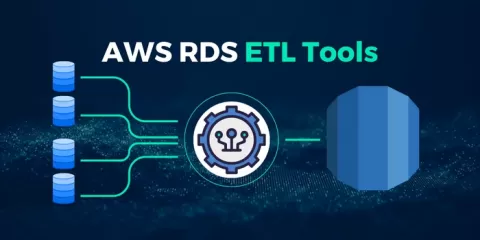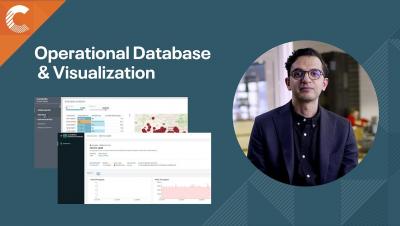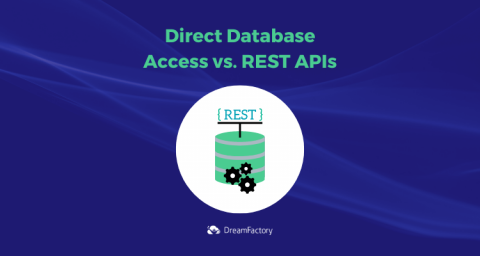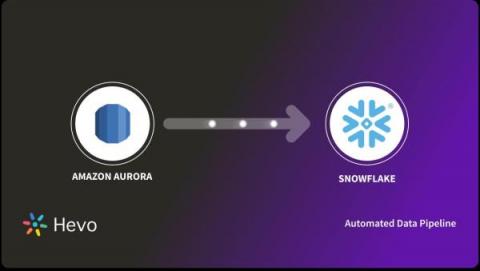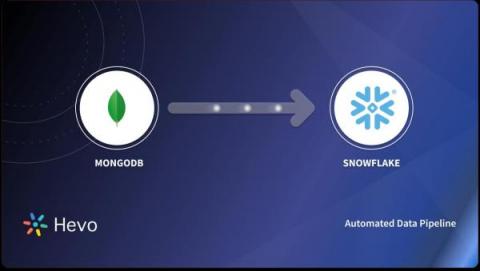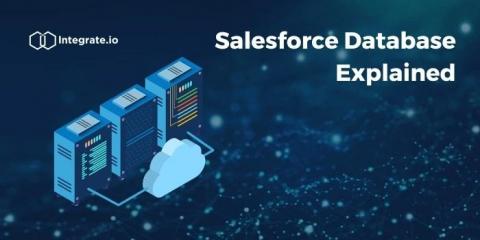Systems | Development | Analytics | API | Testing
Databases
Using Direct Query with MS Azure SQL - New Data Source Support
Exporting data from Countly through DB Viewer
DB Viewer is a plugin that provides a UI to browse databases. But it is also a great option to access Database data through REST API, for example, to export data. In this article, we will explain how to navigate the data scheme and find all the needed information to export events and their granular data from Countly. Let's say you have some other database, and you want to populate it with data from Countly. Or you just want to prepare some kind of report through a third-party application.
Visualize and publish your data with Cloudera Operational Database
Direct Database Access vs. REST APIs: Pros and Cons for Application Connectivity
Aurora to Snowflake ETL: 5 Steps to Move Data Easily
MongoDB to Snowflake: 2 Easy Methods
The Salesforce Database Explained
Case Study on Oracle Production Scheduling Issues for Batches Integrated from Process Manufacturing
MariaDB to MySQL: 2 Easy Methods
MariaDB and MySQL are two widely popular relational databases that boast many of the largest enterprises as their clientele. Both MariaDB and MySQL are available in two versions – A community-driven version and an enterprise version. But the distribution of features and development processes in the community and enterprise versions of MySQL and MariaDB differ from each other.


